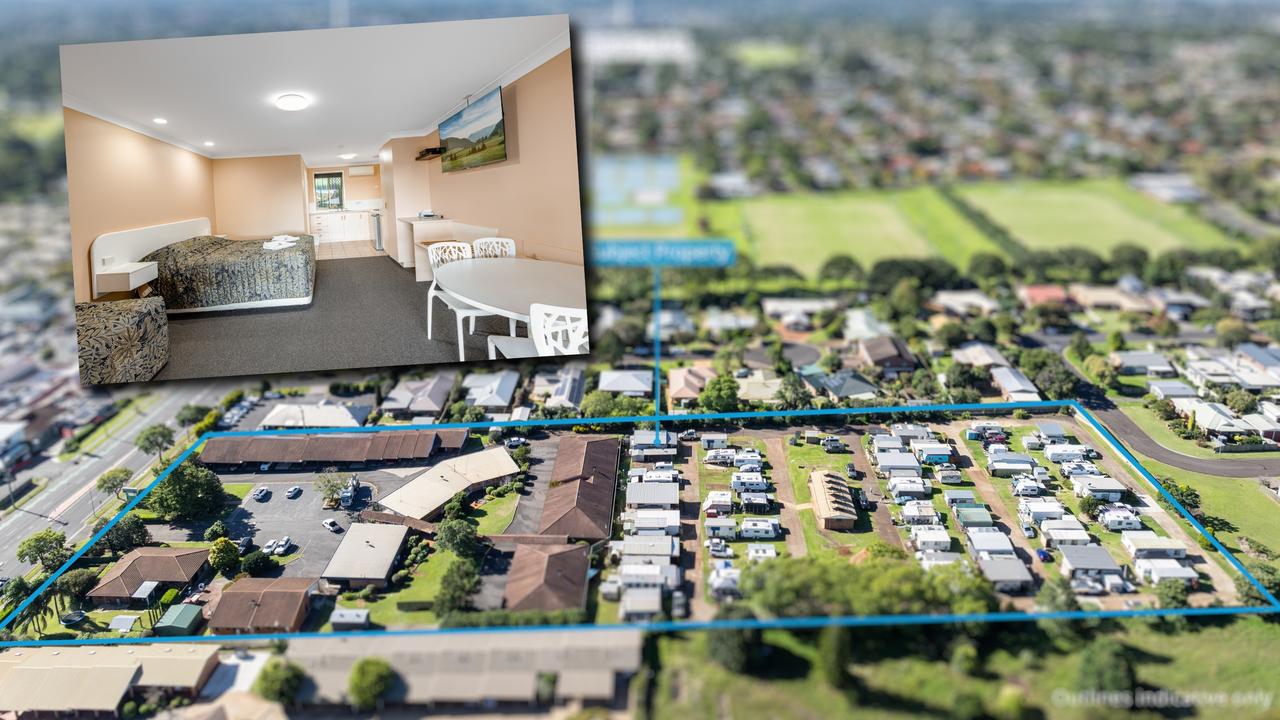Toowoomba rental crisis: Data reveals worst-hit suburbs as residents feel pinch on wallets
Toowoomba is facing an unprecedented rental crisis, with some suburbs seeing their rents spike by nearly 20 per cent in a year, and some residents are taking multiple jobs just to survive.

Real Estate
Don't miss out on the headlines from Real Estate. Followed categories will be added to My News.
Jewel Bedford works four jobs six days a week just to afford the rent of her small CBD unit, which spiked by $40 per week just a few months ago.
Despite having four income streams, the Toowoomba 19-year-old’s rent of $300 is worth more than 30 per cent of her weekly income — and the stress is taking its toll.
“I got two other jobs (babysitting and tutoring because of that), I work nearly every day — Monday to Friday and I work Saturdays,” Ms Bedford said.
“It was definitely a shock, it’s a lot more money — I didn’t already have (those other jobs) and I knew I needed more money.
“It’s definitely tiring, because I don’t like asking for help — that’s why I work four jobs, so I can be independent.
“I’ll probably burn out at some point.”
Ms Bedford is just one of thousands of tenants feeling the strain of landlords jacking up prices, with some suburbs seeing average rental increases of nearly 20 per cent over the past 12 months alone.
New data from REA Group has revealed all suburbs in Toowoomba and outlying towns like Wyreema, Cambooya and Gatton have seen median rental increases of at least 2.9 per cent since July 2021 — with most sitting between seven and 12 per cent over the past year.
Heavily developed communities like East Toowoomba (19 per cent), Mount Lofty (18.4 per cent) and Westbrook (15.6 per cent) were the worst-affected, with weekly rents now climbing to $500.
Importantly, nowhere in the Garden City has median advertised rents for less than $350 as of last month.
Real Estate Institute of Queensland’s Toowoomba chair Daniel Burrett said the data matched what the industry was feeling on the ground.
He said the contributing factors included a loss of rental stock as investors exited the market and a lack of new social housing.
“The biggest factors that drive rent prices is supply and demand, and because of the buoyant sales market, the amount of available rental properties has regrettably gone down,” he said.
“There’s still a strong demand for rent, so tenants are offering increased rent.”
Mr Burrett described the past 24 months as a “sharp correction” to the market, which had been stagnant for many years prior to that.
He also said Ms Bedford’s situation was now resembling a more traditional Brisbane rental ecosystem, something Toowoomba had not seen until recently.
“Toowoomba traditionally has had the capacity for someone to rent on their own,” Mr Burrett said.
“We are getting into a traditional Brisbane market where you need to be renting your houses as share accommodation.”
Toowoomba Chamber of Commerce CEO Todd Rohl, who has been concerned by the rental market’s impact on local businesses, put the blame at least partially on the region’s land supply woes.

“We know businesses are losing staff to other cities due to the inability to find rental accommodation,” he said.
“We know that businesses are very concerned about productivity and the mental health of their employees due to the inability of staff to secure accommodation.
“One of the key causes is the lack of land supply, as articulated by our members for many months now.
“The strangulation of land supply by Toowoomba Regional Council is intrinsically linked to the city’s limited rental stock and increased rental prices.”
Edward Hodge, the Toowoomba brand president for the Urban Developers Institute of Australia, said the solution to increasing supply was both new subdivisions and more medium-density housing.
“We are effectively at zero per cent vacancy, and the only way we solve this is to bring more supply on, both in medium density housing and land subdivisions,” he said.
More Coverage










